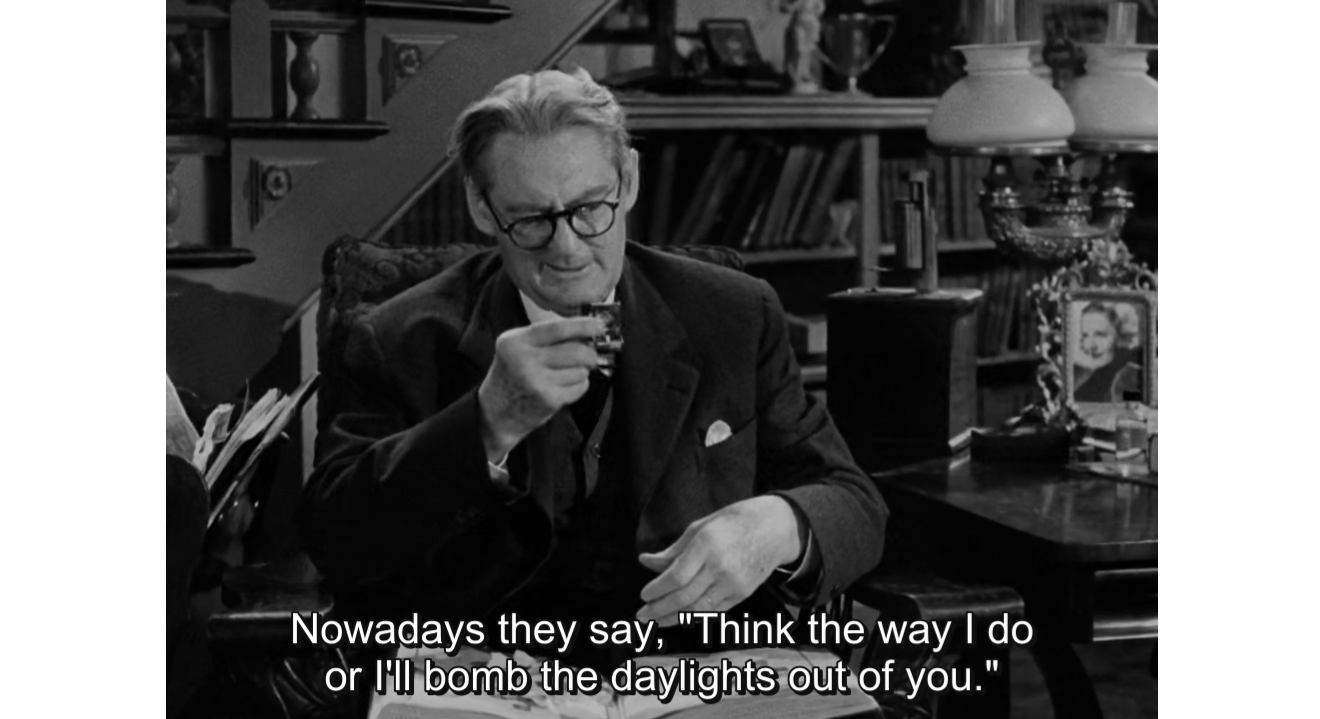
Vampyr (Carl Theodor Dreyer, 1932)
Vampyr is Carl Theodor Dreyer's follow-up to his most popular work The Passion of Joan of Arc (1928). Not wanting to be labeled as a saint's director, the Danish auteur decided to make an uncharacteristic horror film that stretched the film medium to its limits. Both The Passion of Joan of Arc and Vampyr failed miserably commercially, and the latter resulted in a nervous breakdown for Dreyer. It won't be a decade until Dreyer releases another film, the short Good Mothers (1942), and a year later, a feature entitled Day of Wrath (1943).
Vampyr might not have the same kind of chills and scares that are provided for by today's more mainstream horror fare. Vampyr's horror is mostly composed of psychological battles between two extremes: of nightmares and dreams, shadows and light, madness and sanity, calmness and paranoia, good and evil. The film's form itself middles itself in a limbo of silent and sound film. Vampyr marks Dreyer's exit from the silent era. The film shows Dreyer making use of bare sound elements, with added dialogue, sound effects, and other aural elements. Yet, the plot is forwarded by intertitles, and much of the film's coherence is gathered from that which is written and seen, than what is heard. The dialogue is cryptic and mysterious. The sound effects merely add ominous air to the already ominous atmosphere. It's a discordant marriage between a fleeting film style and the newly born sound film, and it's interestingly ugly and creepy, which makes the film transcend the narrative's bare sources for horror.
The story is liberally adapted from Sheridan Le Fanu's novel. It concerns Allan Grey (Julian West), a student of the occult, who arrives at a town and spends the night at an inn. A mysterious visitor arrives announcing that "She must not die," and leaves a package that shouldn't be opened until his death. Being a student of the occult, Allan Grey naturally investigates and discovers images and sensations that display an unnatural imbalance in the town: an old man carrying a huge scythe ringing the bell upon Allan's arrival, a shadow of a peg-legged man, a moustached man and his strange companion. Allan Grey arrives at a faraway mansion where his night visitor gets killed, leaving behind two mysteriously afflicted daughters, and a go-signal for him to open the secret package: a book about vampires.
The narrative feels more like a ghastly nightmare rather than an understandable horror piece. The film is shot the same way, like an unforgettable nightmare where anything and everything can happen at a whim, where religious and cultic symbols take life-like forms, where logic is forgotten for visual impulses. Much more than almost every other element, the biggest contributor to Vampyr's level of hallucinatory madness is Rudolph Maté and Louis Née astounding camera work. With the aid of Dreyer's typical austere style of filmmaking, Maté and Née create indelible images that portray a striking and immediately memorable visual representations of what a nightmare should look like. The camera wafts through the claustrophobic corridors to reveal shadows gleefully dancing in ununderstandable joy. The camera patiently awaits a boat being revealed from dark thick fog. Perhaps the most memorable of all is the camera being used as a disturbing point-of-view of Allan Grey inside a coffin being carried and buried, in a strangely yet effectively chilling nightmare (within a nightmare).
Vampyr is truly a work of genius. It is an expressive result of experimentation by Dreyer and his crew with the newly emerged sound film, while still retaining silent film sensibilities, resulting in a confusing yet satisfying limbo that is also depicted in the limbo that Allan Grey suddenly finds himself in. The film is unescapably terrifying in its dreamlike aesthetics yet prayerfully pious in its reverent use of religious, symbolic, and literary imagery.



































No comments:
Post a Comment